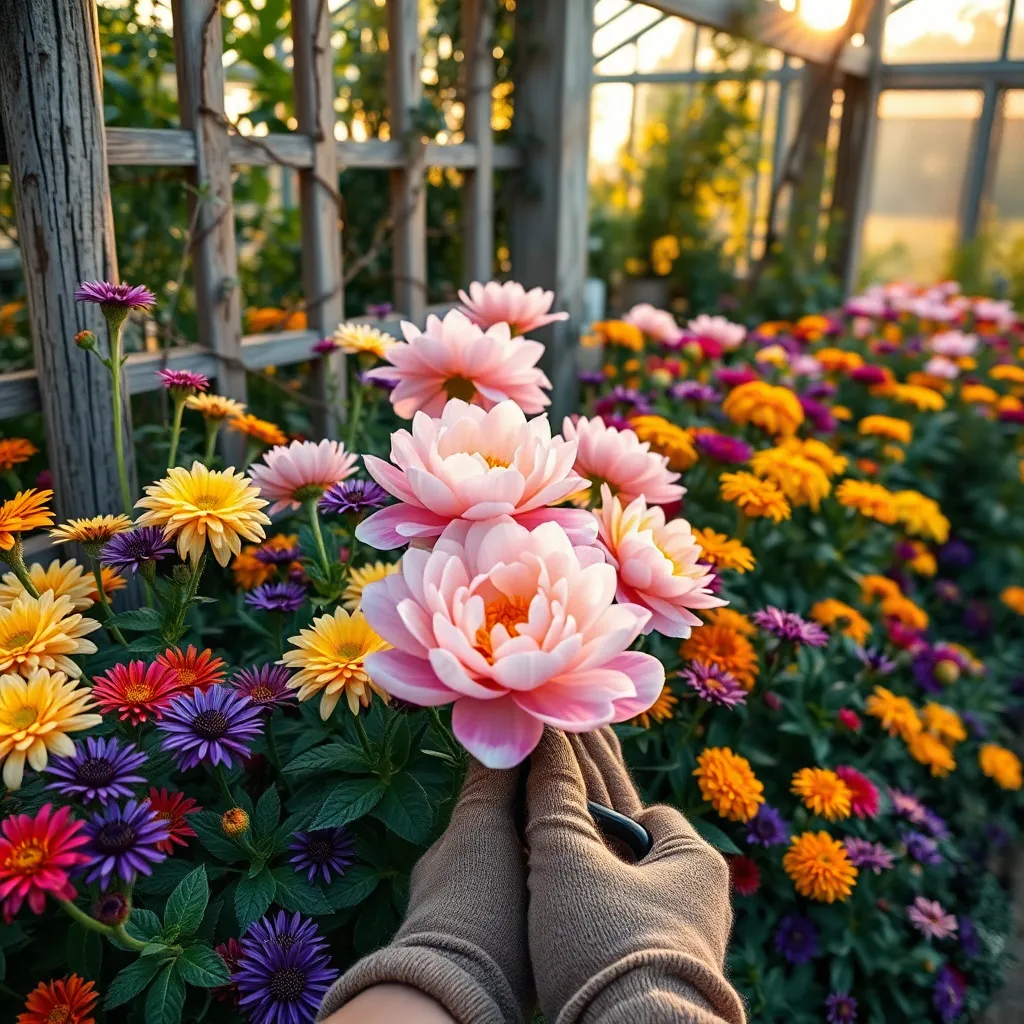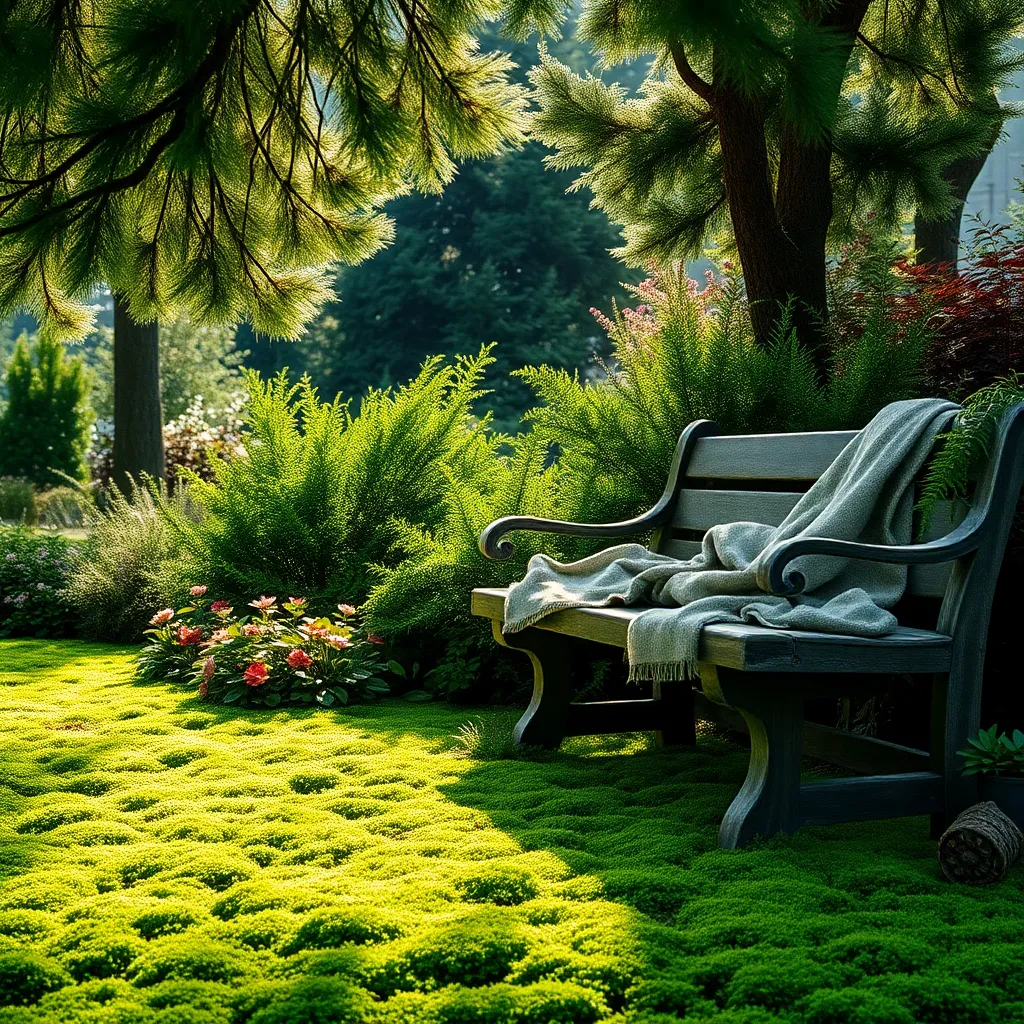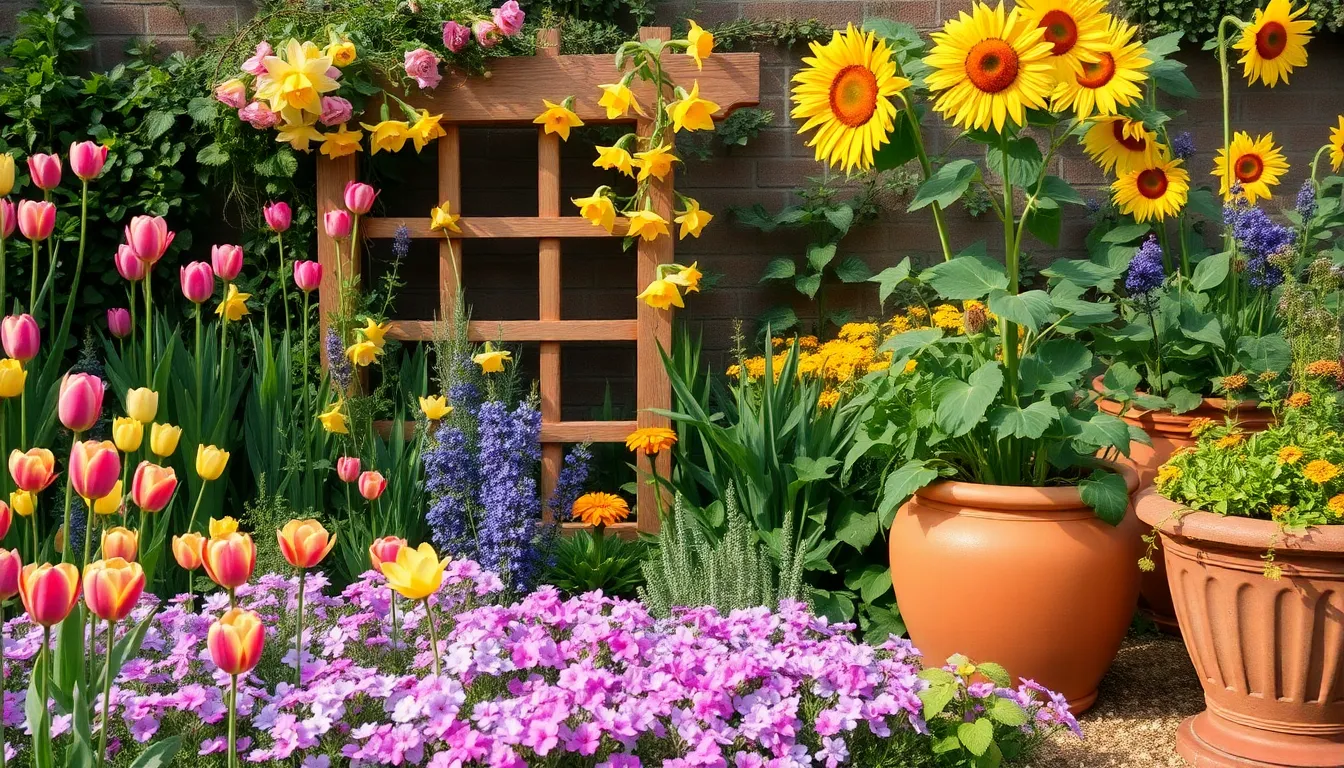A garden that dazzles with its beauty throughout the year is not just a dream—it’s a delightful reality within your grasp. Whether you’re just beginning your gardening journey or have years of experience, the secret to a consistently captivating garden lies in thoughtful planning and a touch of creativity. Imagine the joy of stepping into a space where every season brings its own unique allure, from vibrant spring blooms to the rich, textured hues of autumn.
In this article, we’ll guide you through the essentials of crafting a garden that thrives all year long, turning your outdoor space into a living canvas. You’ll discover how to choose plants that offer continuous interest and learn techniques to keep your garden lively and engaging, no matter the season. By the end, you’ll have a toolkit of practical tips and inspiring ideas to transform your garden into a year-round sanctuary. Let’s embark on this gardening adventure together, ensuring your garden radiates beauty and charm every single day.
Select Seasonal Blooms Strategically

To maintain a vibrant garden throughout the year, it’s crucial to select seasonal blooms that thrive in your specific climate. Start by researching which plants are suitable for your region, focusing on those that are known to flourish in the current season.
Start with spring blooms such as tulips and daffodils, which are easy to grow and provide a burst of color. Plant these bulbs in well-drained soil during the fall, ensuring they receive full sun for at least six hours a day.
As summer approaches, introduce heat-loving flowers like marigolds and zinnias. These plants thrive in full sun and require regular watering, but be cautious not to overwater, allowing the soil to dry out between sessions.
In the fall, switch to hardy chrysanthemums and asters, which can withstand cooler temperatures. Ensure they are planted in fertile soil enriched with compost and water them deeply, allowing the topsoil to dry before the next watering.
For winter interest, consider evergreens and winter-blooming plants like hellebores. These plants prefer a spot with partial shade and need protection from harsh winds to truly flourish during the colder months.
- Tip for beginners: Start with a small selection of seasonal plants to avoid being overwhelmed.
- Advanced tip: Create a detailed planting calendar based on your region’s climate to ensure year-round blooms.
Incorporate Evergreen Foliage Varieties

One of the most effective ways to ensure your garden remains vibrant throughout the year is by incorporating evergreen foliage varieties. These plants maintain their lush appearance regardless of the season, providing a consistent backdrop against which seasonal flowers can shine.
When selecting evergreen plants, consider options such as boxwood, holly, and juniper, which are known for their resilience and adaptability. Boxwoods thrive in well-drained soil and can be shaped to fit any garden design, making them ideal for both formal and informal settings.
For those in colder climates, holly offers not only evergreen leaves but also vibrant red berries in winter, adding a splash of color to dreary landscapes. Ensure holly plants are placed in a spot with partial to full sun, and water them regularly to keep the soil moist but not waterlogged.
Consider adding juniper for its ability to handle dry conditions once established, making it a low-maintenance option for busy gardeners. Plant junipers in sandy, well-draining soil and allow them to receive full sun for optimal growth and color retention.
- Test soil drainage by digging a hole and filling it with water; if it drains within an hour, the site is suitable for most evergreens.
- Regularly prune evergreen shrubs to maintain shape and encourage dense growth.
- Mulch around the base of your evergreens to retain moisture and suppress weeds.
By strategically placing evergreens around your garden, you create a framework that supports and highlights your seasonal blooms. This approach not only enhances the overall aesthetic but also simplifies garden maintenance by providing structure and year-round interest.
Implement a Year-Round Maintenance Plan

To ensure your garden looks beautiful throughout the year, it’s essential to implement a year-round maintenance plan. Start by creating a seasonal checklist, focusing on key tasks such as pruning, mulching, and fertilizing, which are crucial for maintaining plant health.
During the spring, focus on pruning dead or damaged branches to promote vigorous new growth. This is also the ideal time to feed your plants with a balanced, slow-release fertilizer to give them a healthy start.
As summer approaches, pay attention to your garden’s watering needs, as this season often brings heat and dry spells. Install a drip irrigation system for efficient water use, ensuring plants receive adequate moisture without wastage.
In the fall, remove any fallen leaves and debris to prevent disease and pests from overwintering in your garden. It’s also a good time to add a layer of organic mulch, such as shredded bark or straw, to insulate roots and conserve moisture during the colder months.
Winter doesn’t mean neglect; instead, it offers an opportunity to plan for the upcoming year. Take stock of plant varieties that thrived and those that didn’t, and consider rotating crops or introducing new species to diversify your garden’s ecosystem.
Add Hardscape for Visual Interest

Adding hardscapes to your garden can transform it into a visually appealing oasis. Consider using elements like pathways, stone walls, or raised beds to create distinct areas and provide structure throughout the year.
Pathways, made from materials like gravel or stone, not only add beauty but also offer practical access to your plants. Ensure they are wide enough for comfortable walking and choose materials that complement the natural aesthetics of your garden.
Incorporating a small stone wall can act as a focal point and also serve practical purposes, such as retaining soil or providing seating. Select stones that enhance the existing color palette of your garden for a cohesive look.
For those looking to elevate their planting areas, raised beds are an excellent choice. They offer improved drainage and can be filled with nutrient-rich soil, which is particularly beneficial for growing vegetables and herbs.
Utilize Mulch for Color and Health

Mulching is a versatile technique that not only enhances the aesthetic appeal of your garden but also boosts plant health. By applying a layer of mulch, you can add vibrant color to your garden beds while simultaneously retaining soil moisture and suppressing weeds.
Consider using organic mulches like shredded bark, straw, or wood chips, which gradually enrich the soil as they decompose. To maximize benefits, apply a layer of mulch about 2 to 4 inches thick, ensuring it’s kept away from the base of plants to prevent rot.
For those looking to add a pop of color, dyed mulches in red, brown, or black can create striking contrasts with your greenery. Always select dyes that are non-toxic and safe for the environment to protect your plants and local wildlife.
In addition to aesthetic benefits, mulch acts as an insulating layer, protecting roots from temperature extremes. This is particularly useful in regions with harsh winters or scorching summers, as it helps maintain a stable growing environment.
Conclusion: Growing Success with These Plants
In nurturing a garden that flourishes throughout the year, we’ve explored five foundational relationship concepts: the importance of consistent care, the need for seasonal adaptability, the value of diversity, the role of communication, and the benefit of planning ahead. These principles mirror the dynamics of thriving human connections, emphasizing the importance of attention, flexibility, variety, open dialogue, and foresight.
As you stand at the threshold of transforming your garden—and your relationships—into perennial sources of beauty and resilience, consider taking a simple yet impactful step today: identify one area in your life where you can apply these principles and initiate a meaningful change. Whether it’s scheduling a regular check-in with a loved one or introducing a new shared activity, the seeds of growth are ready to be sown.
Remember, this article is a treasure trove of insights you can return to as you cultivate both your garden and your relationships. Bookmark it now for easy access whenever you need guidance.
Looking ahead, envision the vibrant tapestry of connections you can create by applying these strategies. With dedication and love, your relationships can thrive beautifully, season after season.





